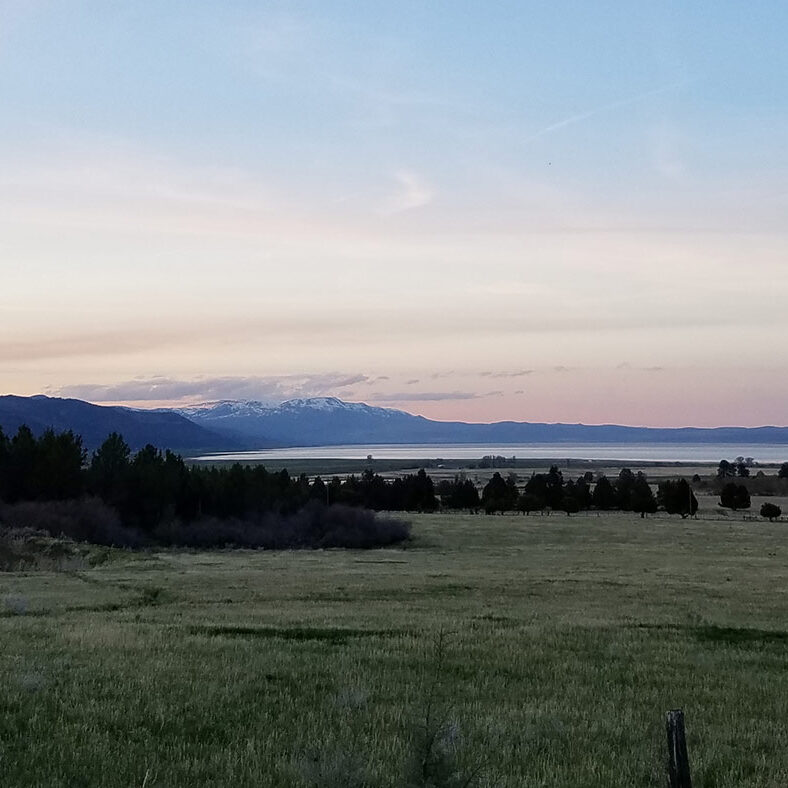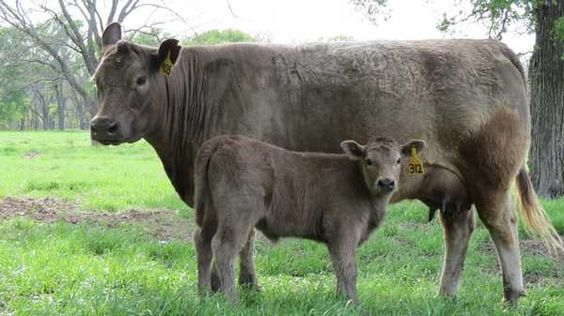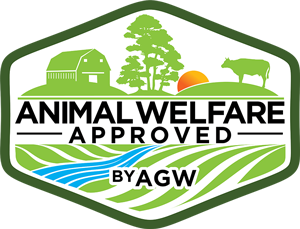
Welcome to Holding Ranch
Holding Ranch produces quality grass-fed beef from birth to harvest without the use of antibiotics or hormones. When you see the beautiful rolling grasslands of the pristine Surprise Valley, it’s easy to understand why this meat tastes so amazing.
The Holding Family is committed to creating a more sustainable food system and conserving the environment.
Purity and Quality
This ranch is located on an old homestead from the late 1800s, complete with a blacksmith shop and old-growth orchard. Most importantly, we receive water for our irrigation directly from the Warner Mountains close to the head of Soldier Creek. Our cattle are born on our pastures and live their whole lives free range, eating our pastures or hay and drinking pure water in their natural environment.

The Advantages of grass-fed beef over conventional (feedlot) beef are:
Health-promoting fats that include conjugated linoleic acid (“CLA”) and omega-3 fatty acids
Higher in vitamins A, C and E
Higher beta-carotene
Rich in iron
Less saturated fat, total fat, calories and cholesterol
Benefits of Grass-fed Beef
Almost all the beef in this country comes from cattle that spend the last few months of their lives in feedlots. They are taken out of their natural environment and off their natural grass diet and crammed together where they are given processed grain feed in addition to growth-promoting hormones and a variety of antibiotics. The result is beef that is lower in nutrients and has much less flavor when compared to beef from cattle that live their whole lives on grassland.
Grass-fed beef is naturally lean, containing less than half the total fat of grain-fed beef. It contains up to 6 times as much “Omega-3” fat, the so-called “good’ fat found in fish, flax seed and a variety of other healthy foods. Grass-fed beef contains three times as much conjugated linoleic acid (CLA) as grain-fed beef. CLA is proven to reduce the risk of cancer, diabetes and heart disease. There is three times as much Vitamin E and two times as much Vitamin A in grass-fed beef as grain-fed beef. In addition to its nutritional benefits, grass-fed beef carries a much lower risk of being contaminated with E. coli and “mad cow” disease.
Cooks Faster
Since grass-fed beef is different from the grain-fed beef prevalent in this country, it needs to be cooked differently. The fat in grain-fed beef acts as an insulator during cooking that helps keep the meat juices from cooking away. This means that lean grass-fed beef requires a little more attention to maintain its tenderness and juiciness. Grass-fed beef will cook 30% faster because it is leaner and because its fat reaches a melting point at a lower temperature.
It is important to not overcook grass-fed beef. It will cook faster, and it will continue to cook after it’s removed from heat. Start checking meat for done-ness when it has cooked 50-60% of the cooking time for grain-fed beef. It is best to let grass-fed beef sit for 8-10 minutes before eating.

Since grass-fed beef is different from the grain-fed beef prevalent in this country, it needs to be cooked differently. The fat in grain-fed beef acts as an insulator during cooking that helps keep the meat juices from cooking away. This means that lean grass-fed beef requires a little more attention to maintain its tenderness and juiciness. Grass-fed beef will cook 30% faster because it is leaner and because its fat reaches a melting point at a lower temperature.
It is important to not overcook grass-fed beef. It will cook faster, and it will continue to cook after it’s removed from heat. Start checking meat for done-ness when it has cooked 50-60% of the cooking time for grain-fed beef. It is best to let grass-fed beef sit for 8-10 minutes before eating.
Defrost grass-fed beef slowly, in the refrigerator for 12 to 24 hours before cooking. Don’t defrost in the microwave, and don’t cook partially thawed beef. Use tongs to turn the meat, not a fork. Cooking steaks medium-well or well-done is not recommended. If you must, marinate them with a recipe that doesn’t disguise the delicate flavor of grass-fed beef. For roasting, reduce recipe temperatures by 50 degrees and cook for the recommended time or a little less, using a thermometer to check doneness.

Defrost grass-fed beef slowly, in the refrigerator for 12 to 24 hours before cooking. Don’t defrost in the microwave, and don’t cook partially thawed beef. Use tongs to turn the meat, not a fork. Cooking steaks medium-well or well-done is not recommended. If you must, marinate them with a recipe that doesn’t disguise the delicate flavor of grass-fed beef. For roasting, reduce recipe temperatures by 50 degrees and cook for the recommended time or a little less, using a thermometer to check doneness.
Why choose us?
No Antibiotics or Hormones
No Antibiotics or Hormones
We never use antibiotics or hormones to raise our animals.
Humanely Raised & Handled
Humanely Raised & Handled
Livestock are raised, handled and processed using proven, low stress, humane practices.
We’re a Local Family Farm
From Local Family Farms
Farms are the lifeblood of a healthy food system, responsibly embedding nature into the human experience.
Sustainably Raised
Sustainably Raised
We believe in pasture-focused production that promotes land management practices which foster ecosystem resiliency.
Whole Animal Butchery
Whole Animal Butchery
Each animal is harvested separately and all Usable parts of the animal are offered to our customers.
Processing Resiliency
Processing Resiliency
Our animals are harvested at a small family-owned, certified humane facility.

Local
Local
All our meats are of exceptional quality, thanks to our no antibiotics policy. Moreover, our animals are raised right here in California in the beautiful Surprise Valley.
Committed
Committed
We are dedicated to consistently improving ourselves, our products and practices. Your feedback helps us become better on a daily basis.










